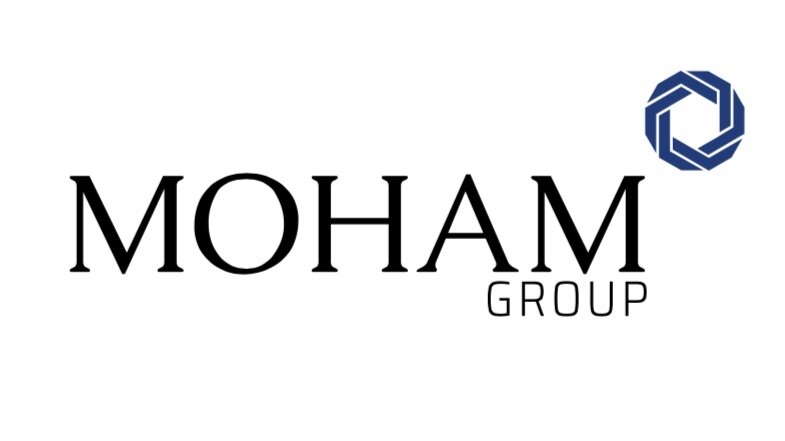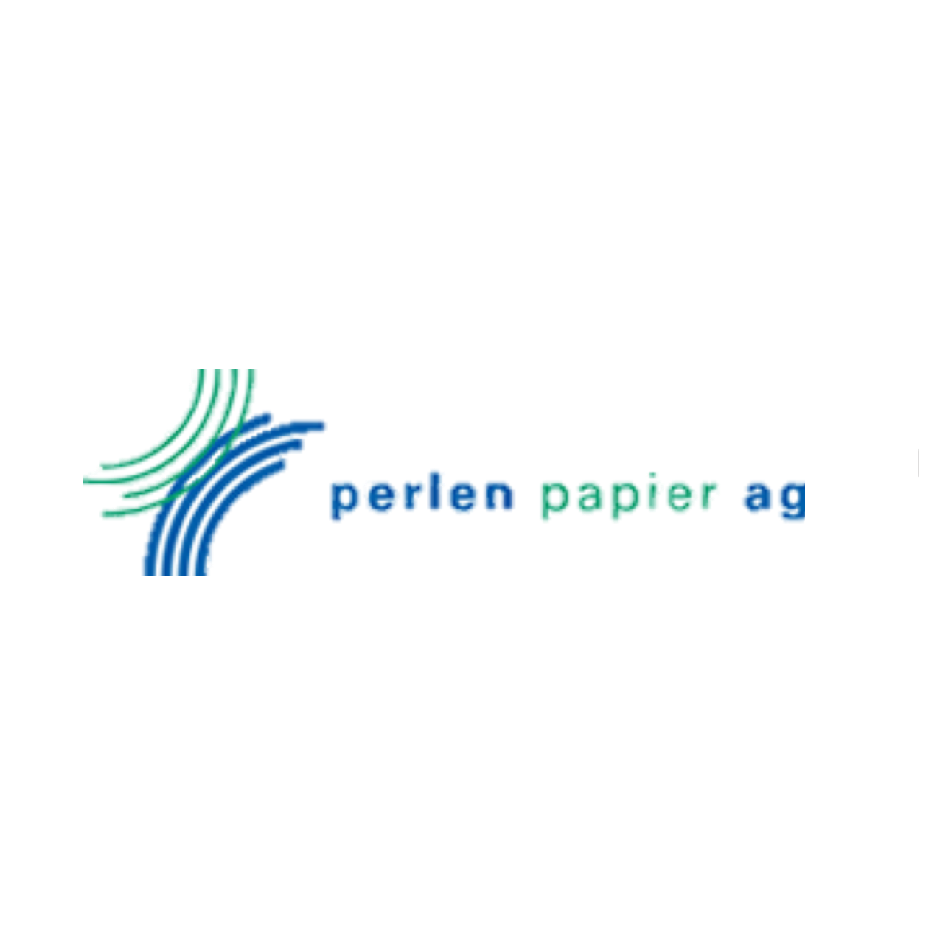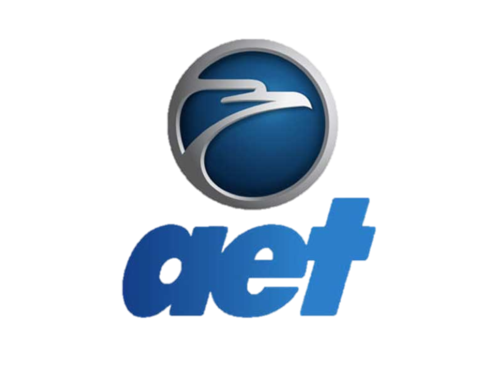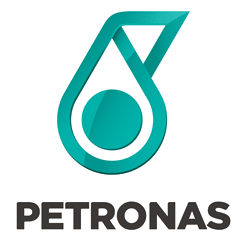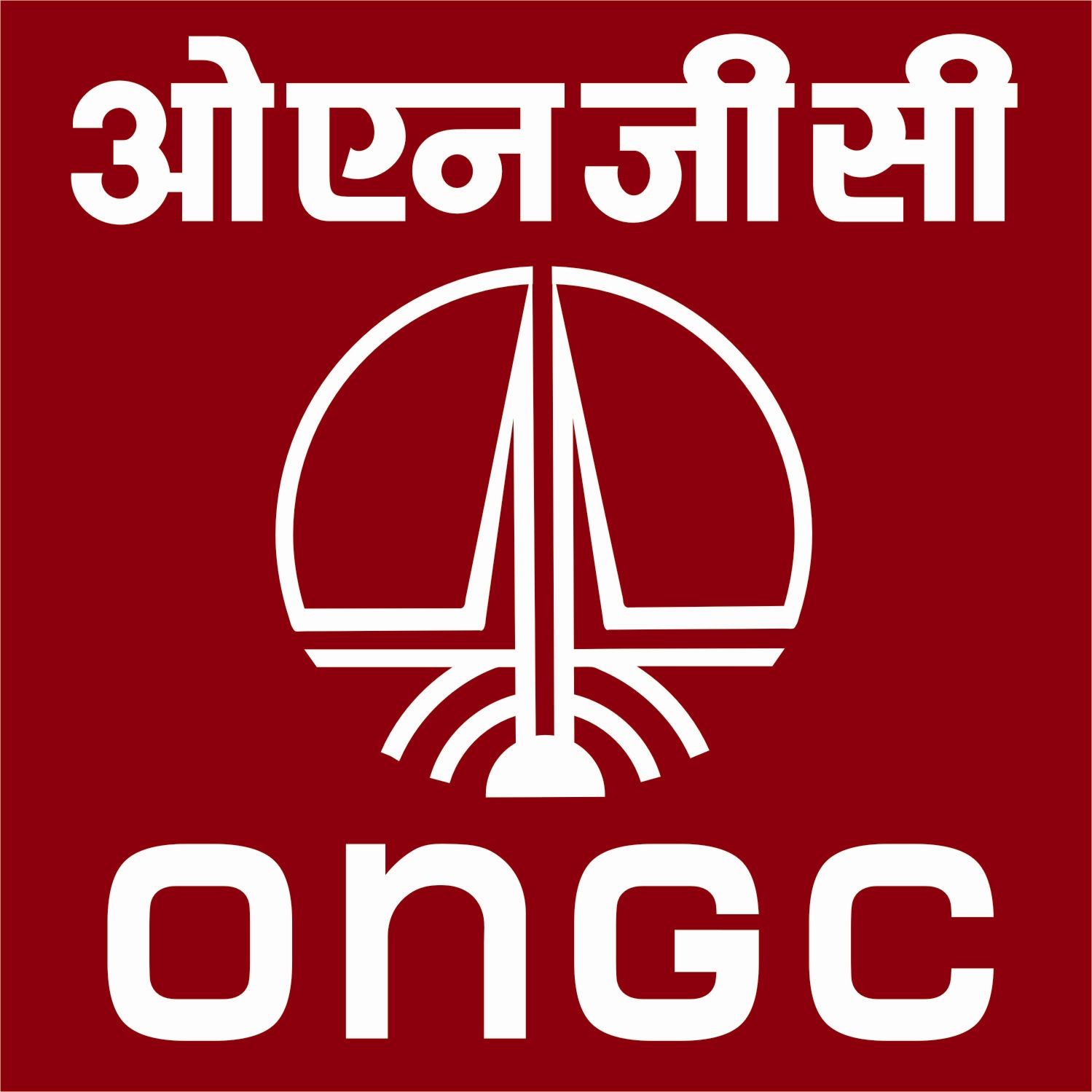
Established as a trading business over 45 years ago, MOHAM has fostered its people-first approach to become a truly diverse customer-centric company that harnesses a solid heritage of entrepreneurship to always add value and improve consumer experience.





INSPIRING THE WORLD
Our story began in one country, but today Moham is helping people in all corners of the Middle East to realize their aspirations. We help fulfill lives across the Middle East, North Africa region.
WE’RE ONE BIG FAMILY
Moham is a family business, and all employees are respected members. This core belief encourages a supportive and engaging work environment that values and rewards integrity, hard work and collaboration.


First, concerns over food safety have been fanned by events like the BSE crisis, melamine in Chinese milk, E coli in German beansprouts and, most recently, horsemeat contamination of beef in Europe.These have been behind the formation of bodies like the European Food Safety Authority, and also provide opportunities for Western companies to apply their knowledge and expertise in emerging markets.
Russia and other countries of the Commonwealth of Independent States (CIS) also suffer from a considerable yield gap compared to other countries in spite of a surplus of agricultural land.
As in other sectors, IT is having an increasingly important impact throughout the agribusiness value chain. For input suppliers, it is creating new innovation platforms, as with bioinformatics and seeds or precision agriculture.
Biotechnology is an umbrella term which covers both genetic modification (GM) of crops, where new genes are introduced which could not occur naturally, and advanced breeding techniques such as marker-assisted selection, which accelerate the development of naturally occurring genes, or ‘native traits’. Whereas GM was the initial focus of the biotechnology revolution, increasing emphasis has recently been accorded to the native traits approach.
The agribusiness chain is already highly complex, but various drivers are conspiring to make it even more so. There are many different crops and food types, each with its own distinctive and often fragmented supply chain.
Prospects for biofuels which use food crops as a feedstock are not as bright as they used to be. In recent years the case for biofuels has been questioned on grounds of both food security and environmental impact.
he impact of global warming on agriculture is the subject of much research and debate. The current conventional wisdom is that crop production will move towards the poles with countries such as Canada and Russia benefiting from the combined impact of increased temperatures, greater precipitation and the carbon fertilization effect. Meanwhile, countries closer to the equator, such as India and Africa, could be hit the worst as higher temperatures reduce crop yields
The agribusiness environment is becoming increasingly volatile.This volatility stems from several different sources: the changing climate, political actions and social changes. The weather has been responsible for fluctuating yields and a supply shortfall which has put pressure on crop prices.This was what sparked the 2006 food crisis when drought in Australia led to a greatly reduced wheat crop which then had knock-on effects around the world and on other crops.
The goal of the global agribusiness value chain, which spans input companies through to the final consumer1 and has a total value of around US$5 trillion, is to provide sustainable access to affordable food, feed, fibre and, more recently, fuel. However, this goal is getting harder to achieve every year due to several prominent challenges.
Saudi Arabia, Turkey, and Iran are the largest consumers of barley in the MENA region, using it largely for animal feed. And while Saudi Arabia currently imports nearly all the barley it consumes, projections indicate declining usage as the government encourages livestock producers to use more efficient mixes, including processed feeds
By far the largest field crop by area in the MENA, wheat is currently cultivated on about 26 million hectares. This area is projected to rise about 0.4 percent annually through 2024. Combined with somewhat slow growth in yields, production is expected to grow at a relatively low 1.3 percent annually over the projection period.
Consumption of MENA region soy products has risen over the past 20 years. As with corn, this growth has been driven primarily by rising demand for poultry and other meat. The proportion of soybeans and soybean meal imports varies across the region, depending on each country’s domestic soybean-crushing capacity.
The region’s population consumed an average of 13 million tons of rice per year over the period 2011-13, of which around 7 million tons were imported. The U.S. share of rice imports to the region has fallen, dipping below 15 percent in recent years, as emerging competitors in South Asia and Thailand have gained market share due to lower prices and geographic proximity.
In the MENA region, corn, used mainly as feed for livestock, is grown primarily in Turkey, Egypt, and Iran. While most corn production is irrigated, it remains subject to a different kind of moisture constraint, namely, the limited—and, in some places, declining—underground water supplies. This leaves relatively little room for area expansion or yield growth.
While the MENA region’s import demand for crop commodities has steadily grown, the role of U.S. exports in satisfying this demand has been mixed. This role can be analyzed in two dimensions:
(1) overall volume of U.S. shipments to the region; and (2) the U.S. share of MENA’s total imports.
Although wheat is central in MENA diets, wheat cultivation in the region is significantly constrained by the arid climate and limited water availability. While some production is rain-fed, highly variable annual rainfall, particularly in Morocco and Turkey, contributes to variations in yields, often resulting in large swings in import demand (fig. 8). The MENA region’s growing incomes imply a gradual diversification away from wheat into more expensive food products, including meats. However, governments throughout the region tend to ensure supplies of this key food staple through policies that support both wheat producers and bread consumers and prioritize adequate levels of imports. In combination with robust population growth, this important staple is expected to be in steady demand in the years to come.
Any analysis of the MENA region must acknowledge the large variation of incomes, political conditions, and economic activities among the different countries. Each of these factors carries significant implications for food demand and imports.
The Middle East and North Africa (MENA) region accounts for a significant and growing portion of worldwide food and feed imports. Despite the violence and political uncertainty hanging over parts of the region, the MENA’s growing populations and rising incomes are driving higher demand for major food and feed grains, soybeans, cotton, and meats.
If you thought the paper industry was going to disappear, think again. Graphic papers are being squeezed by digitization, but the paper and forest-products industry overall has major changes in store and exciting prospects for new growth.
Russia currently forecasts 118mn tonnes of grains to be harvested, up by 5% year-on-year. Russia is projected to have a solid harvest of wheat of over 77mn tonnes and 38.4mn tonnes of feed grain (corn, sorghum, barley, rye, oats, millet), making a total harvest of 115.4mn tonnes in 2019, Vedomosti daily reported on May 13 citing the U.S. Department of Agriculture.
The new oil field has a depth of 80 meters and extends over 2400 square km between Bostan District in Dasht-e Azadegan County and Omidiyeh County in the oil-rich province.
Rouhani’s announcement would mean Iran’s proven crude oil reserves would be boosted by a 3rd, since the country’s proven crude oil reserves are estimated to be about 150 billion barrels.
Mentioning the need for new technologies for developing the country’s oil fields and for increasing their recovery factor, Rouhani said “Only 1% increase in the recovery from this oil field adds $32 billion to the country's oil revenues and we need world-class technologies to develop the oil industry.”
In early September UPM announced plans to permanently close paper machine 2 in Rauma, Finland. The employee consultation processes have now been completed. Paper machine 2 in Rauma will be permanently closed on 6 November 2019. The reduction of personnel is 179 (159 permanent and 20 temporary contracts not prolonged). Following the closure, SC paper production capacity will be reduced by 265.000 tonnes annually.
KEY POINTS
In its closely-watched annual World Oil Outlook (WOO), the Middle East-dominated producer group said Tuesday that the last 12 months had been “challenging” for energy markets once again.
OPEC has lowered its outlook numbers for global oil demand growth, to 104.8 million barrels per day (b/d) by 2024, and 110.6 million b/d by 2040.
“At the global level, growth is forecast to slow from a level of 1.4 million b/d in 2018 to around 0.5 million b/d towards the end of the next decade,” OPEC said in the report.
Abu Dhabi will begin trading futures contracts of its flagship oil grade in what could eventually become a new price benchmark for a fifth of the world’s crude.
Trading in Murban crude futures aims at “strengthening Abu Dhabi’s position as a global energy player,” Crown Prince Mohammed Bin Zayed Al Nahyan said Monday in a Tweet. Government-owned Abu Dhabi National Oil Co. also reported a 7% increase in its oil reserves, expanding the size of commercial deposits in the United Arab Emirates to 105 Bbbl.
As part of the planned futures contract, Adnoc would lift destination restrictions on sales of Murban, enabling buyers to trade or ship it anywhere. Customers are currently obliged to use Adnoc’s crude only at their own refineries.
#oilandgas #oilandgasindustry
Come and visit us next week in Abu Dhabi at #ADIPEC2019! One global industry. One city. One meeting place 11 - 14 November 2019, Abu Dhabi #JoinTheConversation.
#oilandgas #energyindustry #energytransformation #oilandgasindustry
We are proud to raise the UAE’s flag high in honor of Flag Day and in appreciation of this beloved nation and its visionary leadership. 🇦🇪 hashtag#UAE hashtag#FlagDay hashtag#Raise_it_high hashtag#UAEFlagDay
A Forest Products Weekend: We began research into sustainable yield forestry in 1937 to ensure harvesting doesn't diminish a forest's ability to provide the same volume in the future. Pictured is our Clemons Tree Farm, which was established in Washington state as the nation’s first certified tree farm four years later. #NationalForestProductsWeek #forestproud #sustainability #forestry
Few in our target markets are unfamiliar with placing used newspapers, copy paper or corrugated packaging into those ubiquitous blue bins. In fact, paper recycling is deeply rooted in human history — people have been doing it for hundreds of years.
Since the 1970s, recycling methods and culture have advanced to the point that, by 2018, as much as 68 percent of paper and 96 percent of corrugated packaging consumed in the U.S. is recycled. But traditional notions of recycling are still rooted in the “take-make-waste” model centered around “doing less bad.”.
